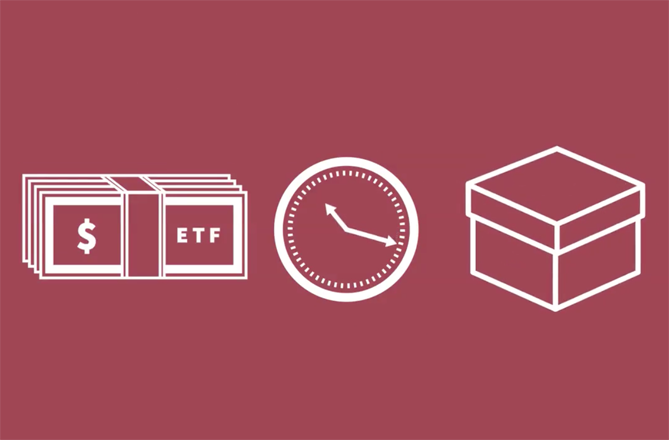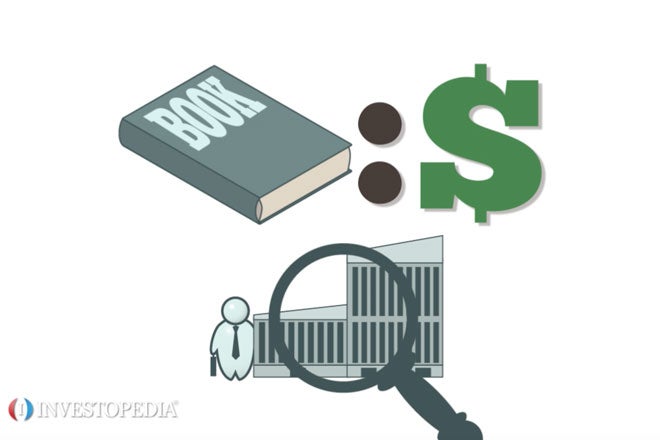A quick way to understand the impact of compound interest is to ask yourself if you’d rather receive $100,000 a day for a month, or start with a penny on day one and double it every day for those same 31 days. Which one did you choose? If you selected the first, you’ll get $3,100,000 - which is a nice amount. But if you selected the second alternative, you’ll end up with $10,737,418.24, which is obviously much better.This demonstrates the power of compounding interest. Essentially, it's interest calculated on the initial principal and on the accumulated interest of previous periods of a deposit or loan. Compound interest can be thought of as “interest on interest,” and will make a deposit or loan grow at a faster rate than simple interest, which is interest calculated only on the principal amount. For instance, take a $100 deposit in a savings account that earns an annual rate of 5%. At the end of the year, $5 will be deposited into the account. For the next year, interest will be calculated on $105 instead of $100. Thus the next year’s interest payment will be $5.25. Interest can compound more frequently than annually. In fact, it traditionally compounds at a daily rate, or even a continuous rate. Note that increasing the frequency of the compounding rate also changes the effective interest rate. For instance, an investment that has a 10% interest rate that is compounded on a daily basis has an effective annual rate of 10.516%.





